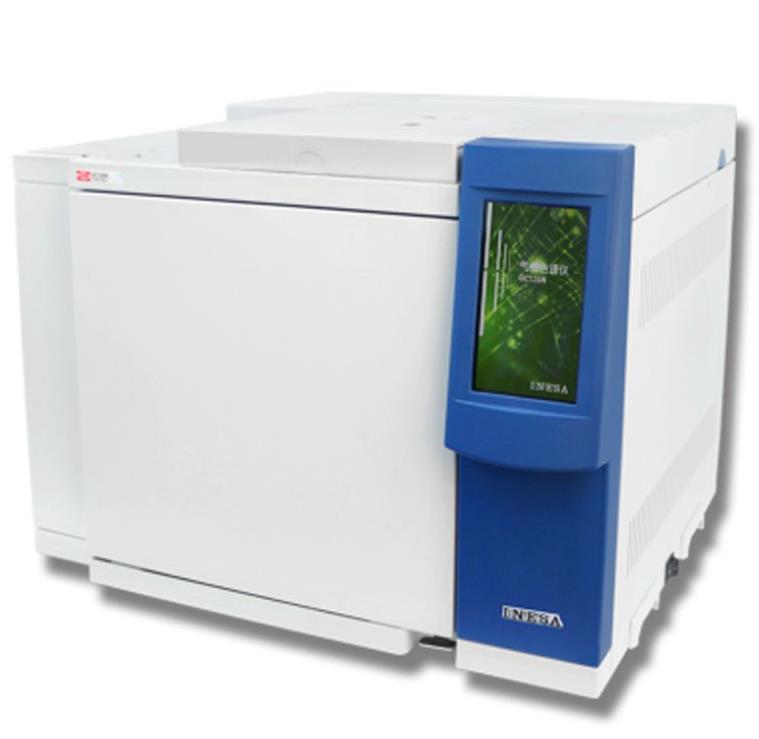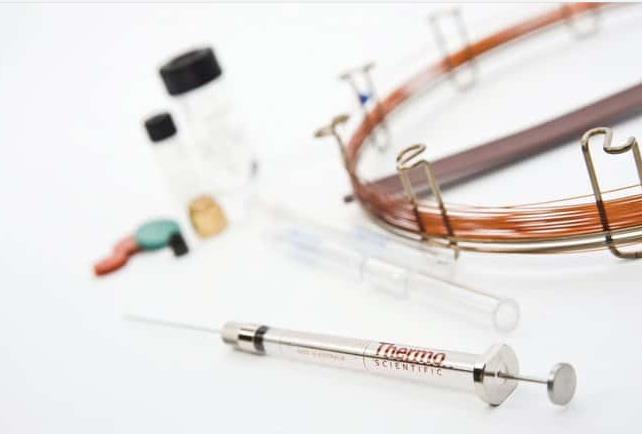Gas chromatograph is an instrument that utilizes chromatographic separation.And detection techniques to qualitatively and quantitatively analyze complex mixtures of multiple components.
It can usually be used to analyze organic compounds in soil that are thermally stable and have a boiling point not exceeding 500 ° C. Such as volatile organic compounds, organic chlorine, organic phosphorus, polycyclic aromatic hydrocarbons, phthalates, etc.
There are various types and functions of gas chromatographs, but their basic structures are similar.
Gas chromatograph generally consists of a gas path system,injection system, separation system,detection and temperature control system, and recording system.
Work pinciple of Gas Chromatograph
A gas chromatograph uses gas as the mobile phase (carrier gas can be pure nitrogen or pure hydrogen). After the sample is “injected” into the injector through a micro injector. it is carried by the carrier gas into the packed column or capillary chromatography column.
Due to the differences in distribution or adsorption coefficients between the mobile phase and the stationary phase of the sample in the chromatographic column. Under the washing of the carrier gas, each component is repeatedly divided between the two phases to separate each component in the column. Then, a detector connected to the column is used to detect each component in order based on its physical and chemical properties.
Gas chromatograph, which gasifies the analytical sample at the injection port. And then carries the carrier gas into the chromatographic column. By using a chromatographic column with different retention properties for the components in the mixture to be detected. Each component is separated and sequentially introduced into the detector to obtain the detection signal of each component. According to the order of introduction of the detector, after comparison, the components can be distinguished. And the content of each component can be calculated based on the peak height or peak area. The commonly used detectors include thermal conductivity detector. Flame ionization detector. Helium ionization detector. Ultrasonic detector. Photoionization detector.Electron capture detector, flame photometric detector, electrochemical detector, mass spectrometry detector, etc.

